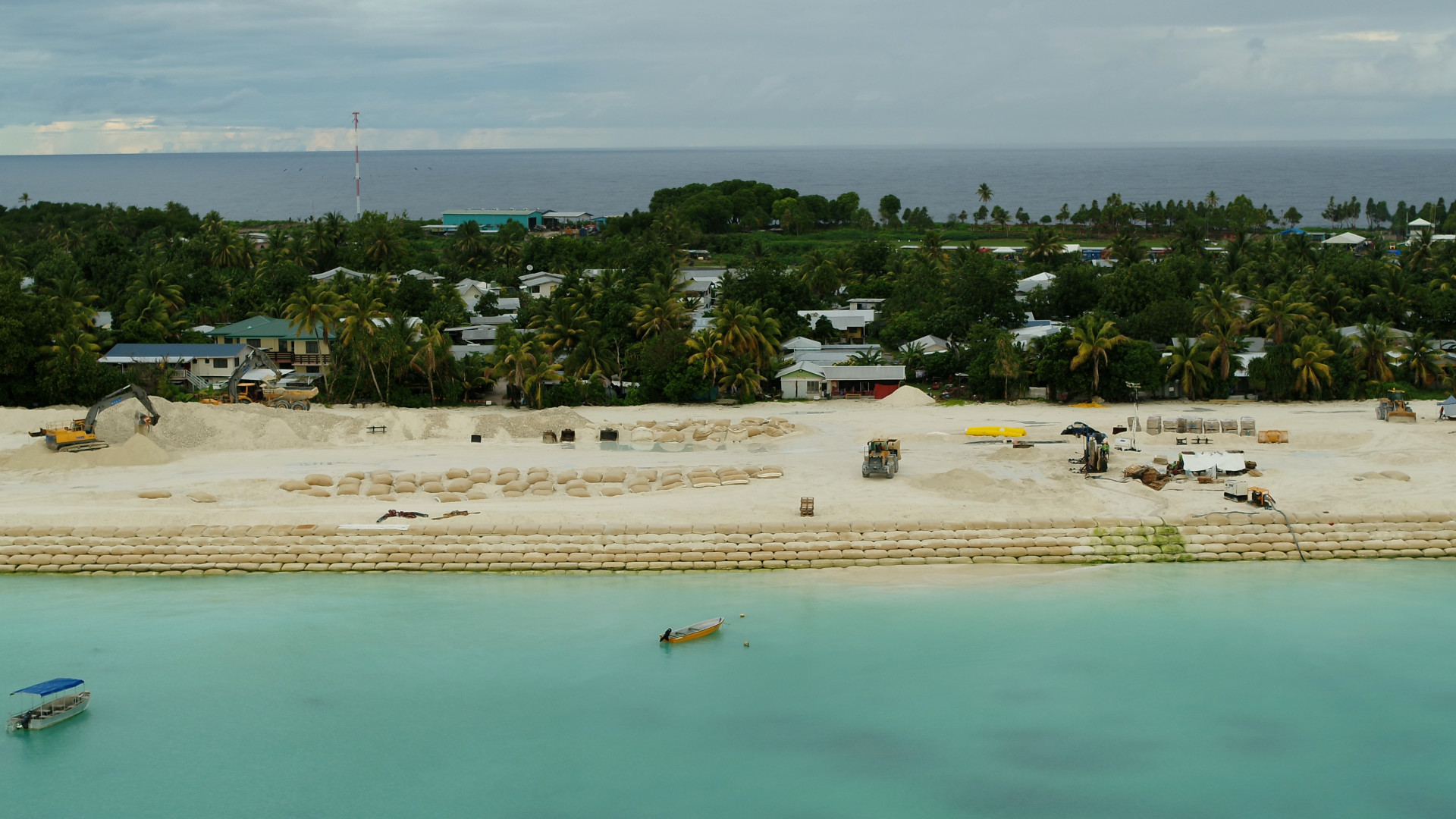The NAP Expo Coastal and Ocean Adaptation Workshop: Insights and priorities for coastal and ocean adaptation among the most vulnerable populations

Representatives from GEO Blue Planet and Climate Service Center Germany (GERICS-Hereon) hosted a coastal and ocean adaptation plan workshop at this year’s NAP Expo in Lusaka, Zambia. The workshop was designed to be a platform for vulnerable communities among SIDS and LDCs to share experiences and challenges faced when integrating coastal and ocean adaptation planning into National Adaptation Plans (NAPs).
Key insights: The importance of adaptation planning
The importance of oceans and coasts was a key takeaway from the workshop owing to their role in economic development, human settlement and food security on a global scale. Given their value to several sectors and increased vulnerability to climate change, their inclusion in the adaptation planning process should be a priority.
However, when of the members of the GERICS-Hereon team carried out an analysis of existing UNFCCC NAP documents needed to support coastal and ocean adaptation among vulnerable SIDS and LDCs, the results showed a severe lack in pertinent materials. This provided the impetus for the development of the 2025 Supplementary Material on coastal and ocean adaptation, which was launched at the NAP Expo.
Following the launch of the Supplementary Material at the NAP Expo on 13 August, the workshop on 15 August was designed to then create a platform to allow country representatives from SIDS and LDCs to discuss best practices, lessons learnt, and major challenges associated with the integration of coastal and ocean adaptation into their NAPS. The responses from the workshop will be used to identify and explore partnerships through which GEO Blue Planet and GERICS-Hereon can develop Supplementary Materials and actions that outline, with concrete examples, how Earth observations and climate services can be used to address challenges faced by SIDS and LDCs.

Advances and challenges: Significant gaps to address
The workshop featured presentations from representatives from Timor-Leste, Maldives, Comoros and Sierra Leone which outlined the high vulnerability of these nations to sea-level rise, coastal erosion and extreme weather events which threaten critical infrastructure (i.e., airports, ports), vital economic sectors such as fisheries and tourism as well as the livelihoods of communities which necessitates substantial financial investment for adaptation.
The speakers also outlined that though there were significant gaps in adaptation planning, many countries are employing mixed adaptation approaches. This is seen when countries employ a combination of hard engineering solutions (e.g., seawalls, breakwaters) and soft, ecosystem based measures (e.g., sandbags, beach replenishment, mangrove restoration) alongside policy integration, coastal zone management and multi-sectoral strategies to build resilience.
The recently published Supplementary Material on Coastal and Ocean Adaptation: Recommendations to improve the inclusion of coastal and ocean adaptation in the development of National Adaptation Plans includes segments on ways in which Earth observations and climate services can be leveraged to address some of the challenges highlighted by the invited speakers.
For example, Earth observations through in-situ and satellite derived sensors can be used to monitor rates of sea-level rise and measure parameters related to climate change (i.e., sea surface temperature, ocean acidification) which can then be used to develop models and other tools that predict future changes. Earth observations can also be used to assess and identify regions vulnerable to coastal erosion to inform future adaptation strategies.
The speakers also outlined a number of key barriers to effective implementation, chief among which is the cost of adaptation measures. For example, Maldives spends 35% of its national budget on adaptation. Another challenge outlined was the need for better access to fine-resolution, island-specific data and tools for decision making, as well as a prevalent lack of technical capacity in climate science and monitoring.
These challenges create an opportunity for pertinent international scientific agencies to support needs among vulnerable communities as there is a strong demand for enhanced technical and data support. There is also a need for capacity building in GIS tools and ecosystem based adaptation, thus creating an opportunity for technical organizations such as GERICS-Hereon and GEO Blue Planet to provide support to these countries.